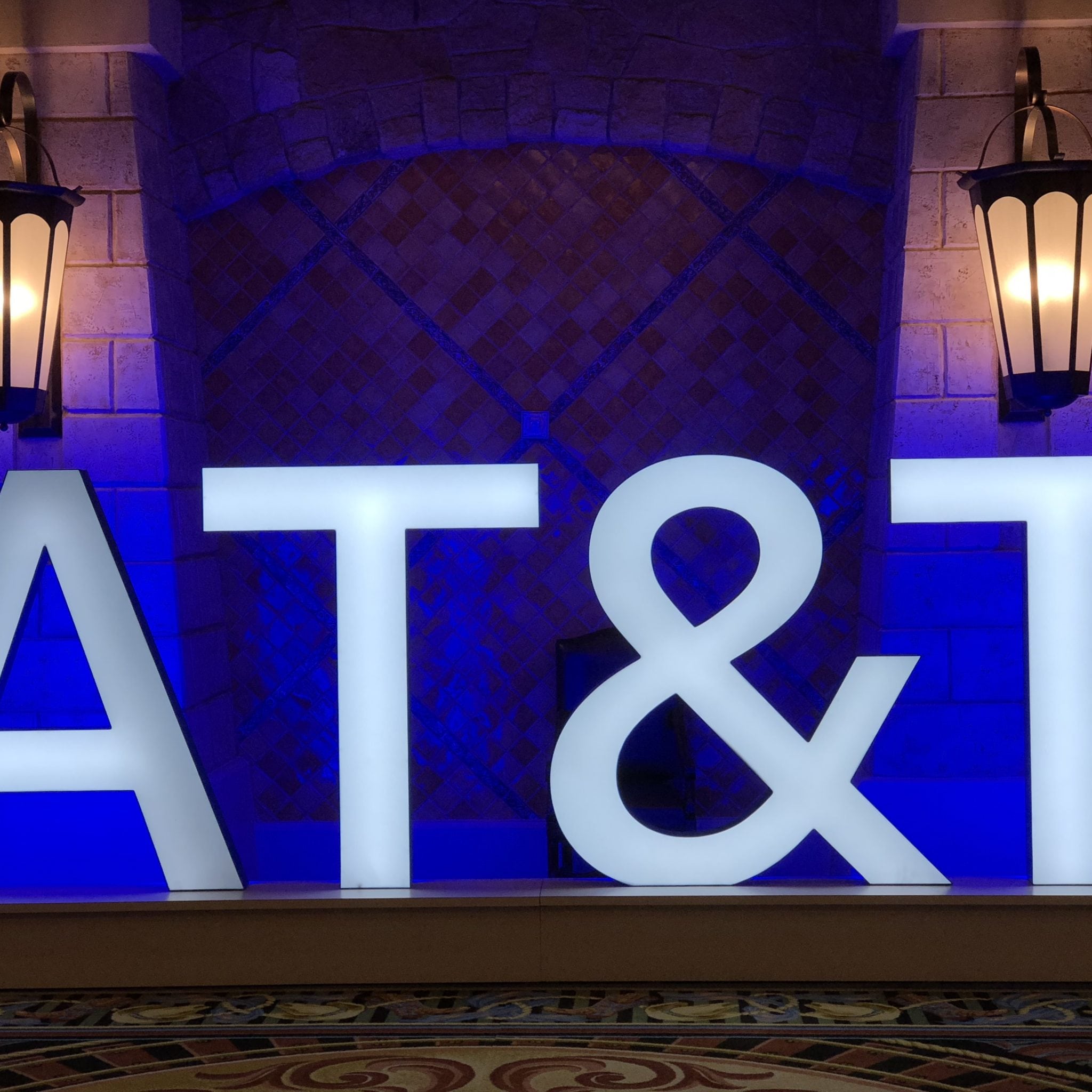Key takeaways from AT&T’s Q1 2024

‘These aren’t empty calorie additions’, says Stankey of AT&T’s wireless customer adds
AT&T continued to emphasize its steady, 5G- and fiber-led strategy in its first quarter 2024 results, which beat Wall Street expectations on customer numbers and held the line on revenues. (More details here.)
“We started the year with a solid first quarter, as we continue to make steady progress on our investment-led strategy: Being the best connectivity provider through 5G and fiber,” said CEO John Stankey on the company quarterly call with investors. “We’re growing the right way by adding valuable long-term wireless and broadband subscribers.”
Here’s a more detailed look at what executives had to say about a number of aspects of the telco’s business.
–On its overall strategy: Stankey continued to emphasize high-value growth as being the cornerstone of AT&T’s customer strategy. “We now have about 71.6 million high value postpaid phone subscribers, which is up 1.5 million from a year ago—and these aren’t empty calorie additions,” he said during the call, adding that the quality of AT&T’s customer growth was reflected in higher ARPU, adjusted operating income, margin and lower postpaid churn. He was particularly pleased with the churn figure for postpaid phones of 0.72%, which was the company’s lowest-ever on record.
“I don’t really want to play in the low calorie space,” he reiterated later in the call, when asked about gross addition numbers that have been trending lower. “I want to make sure I’m getting my fair share of the high calorie subscribers, and that’s why we’re focused on share of service revenues as maybe being a better benchmark of is the company balancing its growth in the right way.”
On fiber:” The story here is familiar and one we like. Where we have fiber, we win, and we’re bringing fiber to more Americans than anyone else,” Stankey said. Stankey called fiber AT&T’s “fastest growing engine”; the company now passes 27.1 million consumer and business locations with its fiber network, and it is on track to pass 30 million locations by the end of 2025. Last year, it grew its consumer fiber subscriber base by about 1.1 million to nearly 8.6 million, and it added 252,000 AT&T fiber net additions in the first quarter of 2024.
On FWA: Stankey continued to maintain that AT&T will take a different strategy for FWA than its competitors: Targeted offerings for the consumer market, in specific markets or for the purposes of customer retention while waiting for fiber or turning down higher-cost legacy networks, combined with a national approach on FWa for business.
“Tt doesn’t mean that it’s a product for every business, but it certainly is a product for every state is what I would say,” Stankey explained. “We want to be mindful of making sure that we match the product to businesses that have the right usage characteristics that we think we can provide a quality level of service and right value. There are many businesses that match that, and there are many businesses that have usage characteristics and behaviors that are atypical to a typical single-family dwelling—and that’s why we think it’s a good place to invest time, energy, money.”
However, he added later on the call: “I don’t intend to promote [FWA] in the market in the manner that Verizon and T-Mobile are promoting at the market. … [I] see them doing some things right now to try to manage the dynamics around those product sets that are reflective of what I believe the ultimate outcome was going to be, and what I’ve been saying for a period of time, which is: Wireless networks aren’t particularly the best place to take a single-family home that streams hours and hours of video a day and try to serve them with a kind of $50 a month product or service. … I just don’t see that as long-term sustainable or healthy growth of returns for the business. And I’ve been pretty consistent in saying that.”
He said that AT&T continues to see fiber as the long-term winning infrastructure—but “there is a place for fixed wireless in our portfolio.” For businesses which don’t have a broadband usage profile like single-family homes, Stankey said, “Fixed wireless can be a really effective way of meeting their needs and doing so at a value proposition, price and performance that makes sense for them, especially when you start to think about those companies that have a convergence of both fixed and mobility needs. … I’d like to participate in that market aggressively and I will go after it as aggressively as my competitors and picking up any of those business customers that I can, on a national basis.”
On BEAD: Asked about how AT&T sees the BEAD opportunity, Stankey responded by saying that he sees BEAD as “2025 issue. It’s not a 2024 issue.” He added: “I can tell you point blank, we won’t be coming back in with any revisions to our guidance or anything like that, that is relevant to 2024.” He did say that based on different states’ approaches to distributing funds, AT&T will be more interested in some places than others, and that it may make “incremental” choices in 2025 about how it is reinvesting capital and where.
“Those things that we’re investing in right now, we’ve got a really good, strong, solid growth business, and those growth business are built on 5G and fiber,” Stankey said on the call.

Comments are closed.